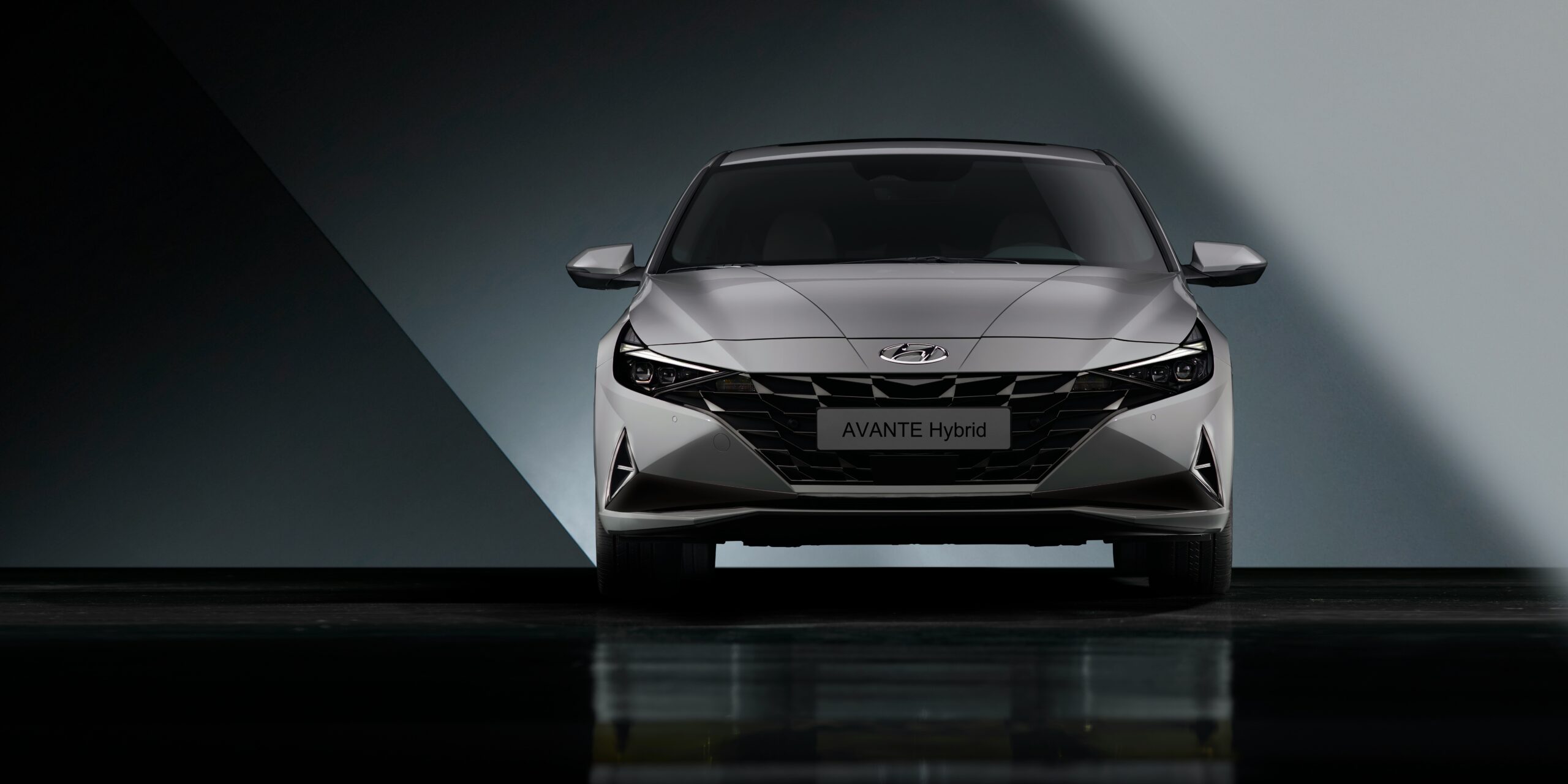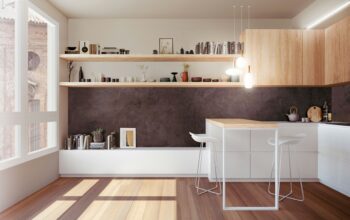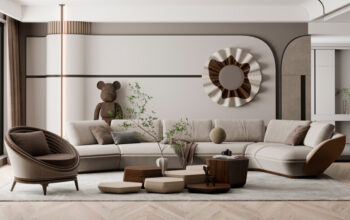Uzone.id – Designing cars is another area that is regularly considered as an exterior feature only. But if the outside curls and bends correspond to the curls of a beautiful body, and the interior richly armed with metal, there is a psychological design there. Automobile designers not only deliver cars but also outline the feelings and sensation customers want to have when they are driving their car.
It may sound trivial but have you ever had this gut feeling the first time you saw a car of this type? Or perhaps you have stepped into some car and felt dramatic comfort or even calmness? These reactions are not something that are just produced. A car designer does not simply design a car’s interior but understands the psychology of color, shape, and layout to bring a specific feeling.
“Car design is a universal language that connects emotion and rationality. We at BMW always strive to create designs that are not only beautiful, but also reflect the character of the brand and provide an unforgettable driving experience,” said Karim Habib, Head of BMW Design.
It also proves the fact that color plays an important role in influencing human emotion. For instance, the color red is known to represent speed, passion and aggression. While on the other hand the color blue demonstrates a calm and a confident image. Colors are also very vital in cars. The kind of color selected can be influenced by the customer preference in addition to the message that the brand wants to display.
“Color has incredible power to influence human emotions and perceptions. In automotive design, color is not just aesthetic, but also a statement that can change the way we perceive the vehicle,” said Leatrice Eiseman, Executive Director of the Pantone Color Institute.
It can also be seen that shapes bear a part of automobile designs. Straight and some jagged edges may create muscular and therefore more assertive outlook. On the other hand, soft curves and round shapes look sophisticated and make the furniture look expensive.
Interior of the car includes the space around the car but is closed and is mostly limited to the driver and other passengers of the car. The shades of the button, position of the screen and the lighting which is used is all intentional to make a certain appeal. Soft and warm interior design also brings feelings of relaxation and luxury into the life of people who live surrounded by beautiful things.
Another area, where car design provides a solution, is to differentiate between the brands of automobiles. Every product is associated with one of the brands and the brands themselves have different and distinct visuals. For instance, sports cars, they are designed in an aggressive and performance oriented appearance than family cars designs, which are more softened and functional.
Emotional design is a significant aspect of designing cars since it can define whether or not consumers make a purchase. Purchasing a car means not shunning technical characteristics but opting for a car that the user will feel comfortable with after looking at the design the carmaker has come up with. Specific appearance has always been one of the decisive factors in car manufacturing since it helps the car to get rid of its rivals and become more attractive to the buyers.
For instance, the Mini Cooper has a typical 1960’s look, thus, the Mini Cooper is suitable for those buyers interested in the individuality and personality of automobiles. This is in contrast with the futuristic and minimalistic appearance of the Tesla Model S for instance, which gives a sense of the company’s image as the cutting-edge automaker of electric vehicles. Similarly, Range Rover as a brand also focuses on a robust and premium look that reminds its consumers and the society, at large, of the elevated status and truck off-roading abilities.
“The future of car design will be increasingly individual and personal. Technology will allow us to create truly unique and personal designs. In addition, sustainability will be a key factor in every design decision,” concluded Ian Callum, Former Jaguar Design Director.
Automotive design is an art wherein psychological and technological factors are incorporated in the vehicle design. The work of car designers is crucial for influencing the consumers’ perception of a brand and a product. This paper seeks to show that through understanding how the designs elicit their emotional responses and behaviors, car designers can design cars not only to meet performance requirements but also to deliver awe-inspiring drives.
















